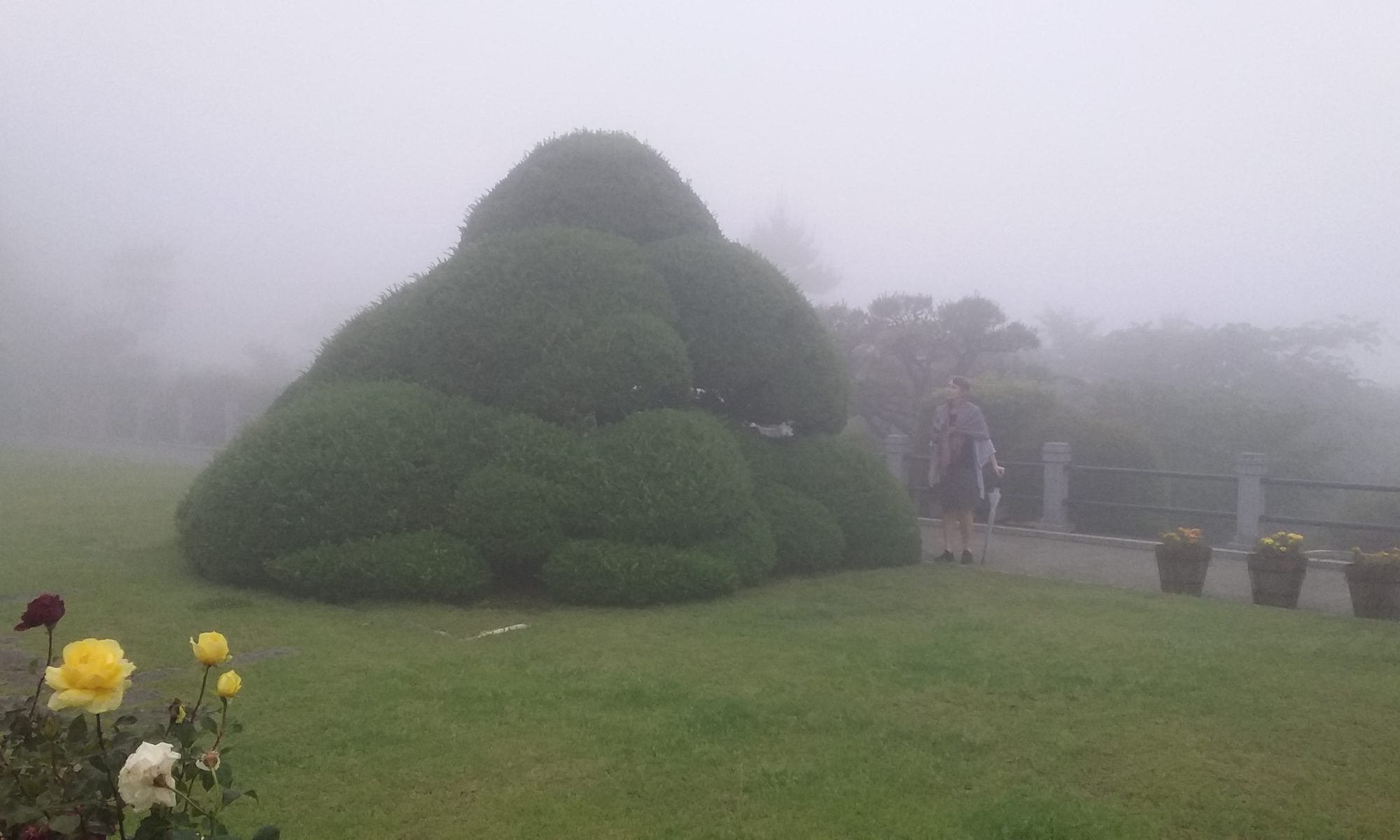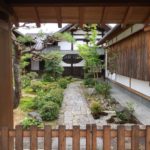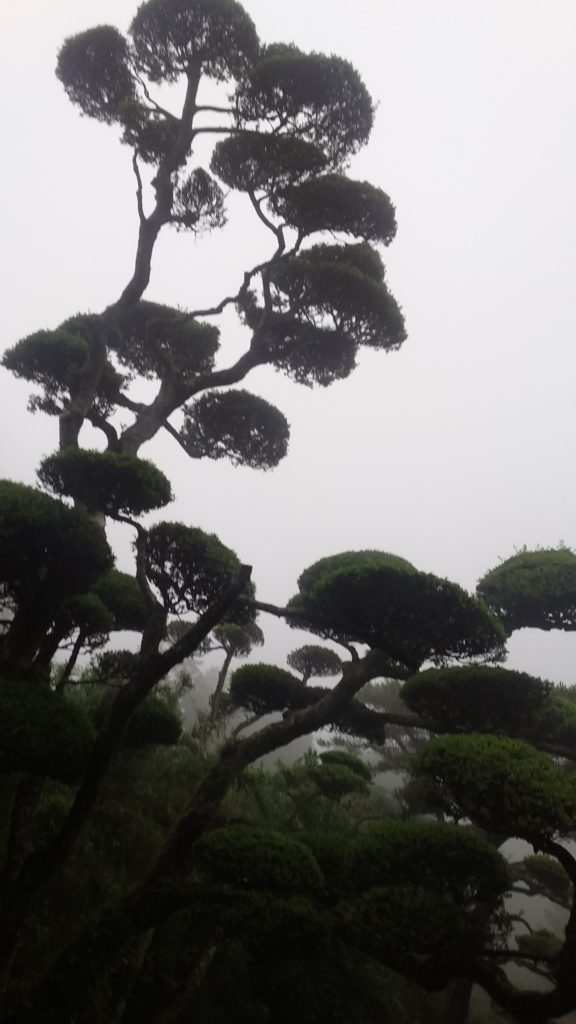As an Amazon Associate I earn from qualifying purchases
In Japan, beauty is everywhere you look. Kindness from a stranger, a small vase arrangement left in the bedroom of our Kyoto house, cloud-pruned trees and shrubs on every street.
Cloud-pruning is not wide-spread in Australia. Plants are usually high-priced, available to be kept in pots or as a garden specimen. It was overwhelming to see pruning using these methods as standard practice. Trees, shrubs, private and public gardens, street trees.
The pruning style is like Bonsai- exposed branches with clustered terminal growth. These are regularly maintained to develop structure and aesthetics according to the individual variety and its shape.
Niwaki
Because many gardens are small in this highly populated and mountainous country, trees such as large pines and other conifers can be kept to a manageable size. As with Bonsai, they become a representation of the tree, displaying all the features and characteristics of a full-grown plant.
This practice is called Niwaki which is Japanese for "garden tree" as opposed to Bonsai which is a tree kept in a pot.
This practice extends the life of the plant and older gardens include trees that are centuries old.
On the train to Nikko we passed many rice fields. In the middle of these would be a house or family group. Their gardens were often tiny, but each had space for a few plants that were carefully pruned and maintained.
Another feature within the rice fields was the inclusion of a family burial plot beside the house. Elsewhere, there were communal cemeteries situated in the middle of the fields for small rural communities
In Takayama we went into a small restaurant which had seating for 8 people. The owner talked to us as she cooked our meal. We discovered she had lived in Australia for a while but was back with her family in one of these rice-growing communities. They had always grown rice for their own needs.
Now however, many of these plots have been sold to neighbours who enlarge their holding to make growing rice more viable. Families like hers continue to live in the fields but are no longer farmers.
We looked at the lush green, orderly rice fields with traditional houses and small neat gardens and saw beauty and a traditional way of life. Now as the farms are consolidated, we wonder if this way of life could disappear, although we saw no sign of this happening while we were there.
We would love to believe this lifestyle could continue forever.













